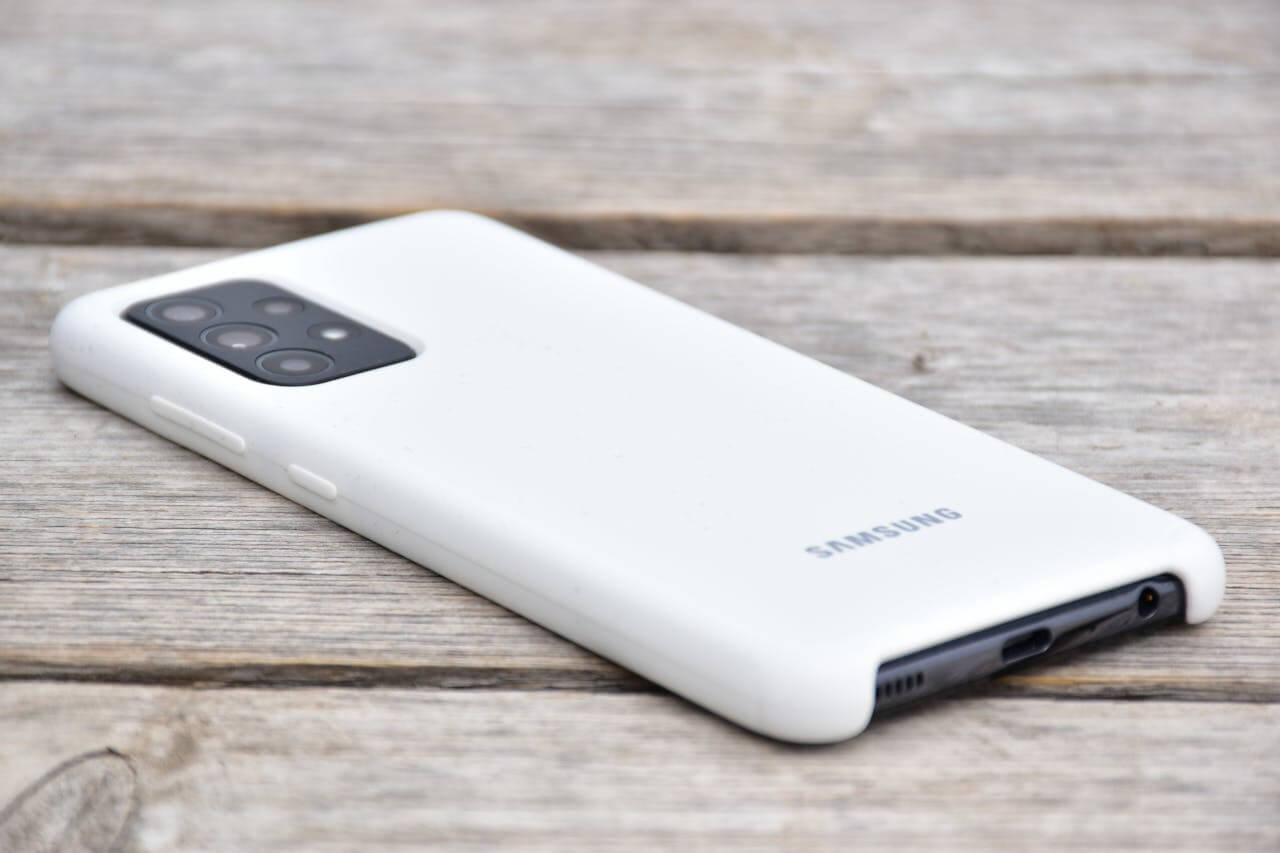
In today’s fast-paced digital world, mobile devices have become essential tools for both personal and professional use. However, as we rely more on these devices, the risks associated with mobile safety continue to grow. To tackle these challenges effectively, we need to combine cutting-edge hardware with innovative software solutions. This powerful synergy can significantly enhance our mobile safety measures.
By integrating robust physical components with intelligent software, we can create a comprehensive safety framework that protects users from various threats. From advanced encryption technologies to biometric security features, the possibilities are endless. As we explore the best practices for optimizing mobile safety, we’ll uncover how this combination not only safeguards our personal information but also enhances our overall user experience.
Overview of Mobile Safety
Mobile safety encompasses the protection of personal devices and data from various threats. As mobile device adoption continues to rise, so do the risks related to privacy, security, and safety. We must prioritize integrating advanced hardware, such as built-in security features and strong physical enclosures, with software solutions that enhance user protection.
Utilizing technologies like encryption ensures that sensitive information remains secure against unauthorized access. Incorporating biometric security features, like fingerprint and facial recognition, provides an extra layer of safety, making it harder for intruders to compromise a user’s data.
Moreover, innovative hardware, such as dash cameras for cars, contributes to mobile safety by recording real-time footage while driving. These cameras can serve as crucial evidence in the event of an accident, deterring potential threats and providing additional peace of mind.
As we explore the mobile safety landscape, we recognize the growing role of accessories.
As we explore the mobile safety landscape, we recognize the growing role of accessories. For example, iPhone 16 Plus MagSafe cases offer enhanced protection against physical damage while supporting wireless charging and magnetic attachments. On the Android side, accessories such as OtterBox Defender Series for Samsung Galaxy devices or Spigen Rugged Armor for Google Pixel phones serve a similar purpose—offering durability, shock absorption, and device longevity.
Optimizing mobile safety requires a comprehensive approach that includes both advanced hardware capabilities and sophisticated software solutions. By working together, these elements create a secure digital environment for users, minimizing risks and maximizing protection.
Importance of Mobile Safety
Mobile safety holds paramount importance as we navigate an increasingly digital landscape. It ensures users’ devices and personal data remain secure from various threats that evolve with technology.
Impact of Mobile Safety on Users
Mobile safety directly influences user trust, security, and overall experience. Enhanced protection, through solutions like dash cameras for cars, provides critical evidence during incidents, fostering confidence on the road. With features such as iphone 16 plus magsafe cases, users benefit from both physical damage protection and reliable gadget functionality. We experience fewer security breaches and elevated privacy protection, which enrich the overall mobile experience. Adopting advanced safety measures cultivates a sense of safety that empowers users to effectively engage with their devices.
Android users can also rely on robust device protection with integrated systems like Samsung Knox, which safeguards sensitive data at the hardware level, and Google Pixel’s Titan M chip, which stores critical information like screen lock and encryption keys securely.
We experience fewer security breaches and elevated privacy protection, which enrich the overall mobile experience. Adopting advanced safety measures cultivates a sense of safety that empowers users to effectively engage with their devices.
Industry Standards and Regulations
Industry standards and regulations play a crucial role in shaping mobile safety practices. Regulatory bodies establish guidelines that manufacturers must follow, ensuring devices meet specific security benchmarks. Compliance with these standards safeguards personal information and strengthens overall consumer trust.
We rely on these frameworks to maintain product quality, enforce robust security features, and encourage innovations in mobile safety. The evolution of standards continues to address emerging threats, reinforcing our commitment to safe mobile usage across various platforms and devices.
Combining Hardware and Software to Optimize Mobile Safety

Photo by Leiada Krözjhen on Unsplash
Integrating hardware and software solutions enhances mobile safety and provides users with robust protection against various threats. We focus on advanced technologies to create a secure environment for mobile device users.
Hardware Solutions for Mobile Safety
Innovative hardware plays a vital role in ensuring mobile safety. Built-in security features, such as fingerprint scanners and facial recognition, offer efficient user authentication.
For Android users, Samsung’s ultrasonic fingerprint sensors and Google Pixel’s Face Unlock provide seamless access without compromising security. Titan M2 hardware chips in newer Pixel phones are specifically designed to resist physical attacks and support verified boot, adding significant resilience.
Durable accessories like iPhone 16 Plus MagSafe cases or rugged Android cases offer enhanced protection against physical damage while allowing for wireless charging. Dash cameras for cars capture real-time footage that can be critical in accident scenarios, serving as key evidence for users. Systems incorporating these hardware solutions respond dynamically to threats, significantly improving personal safety and device integrity
Software Solutions for Mobile Safety
Effective software solutions complement hardware advancements to fortify mobile safety. Encryption methods protect sensitive information from unauthorized access, ensuring user data remains confidential. Both iOS and Android platforms use full-disk encryption and secure boot features to ensure a trusted operating environment.
Security applications, such as Bitdefender Mobile Security for Android or Norton 360, monitor real-time threats and alert users to potential vulnerabilities. Tools like Google Play Protect automatically scan apps for harmful behavior, adding another layer of defense.
Regular software updates—like Google’s monthly Android security patches or iOS updates—provide patches for emerging threats, fostering a continuously secure user environment. Integrating these software solutions with robust hardware creates a holistic safety framework that enhances user trust and enriches the overall mobile experience.
Challenges in Combining Hardware and Software
Integrating hardware and software to enhance mobile safety presents significant challenges. These challenges must be addressed to ensure effective user protection while maintaining device performance.
Compatibility Issues
Compatibility between hardware components and software applications often leads to barriers. Different manufacturers may use varying standards, making it hard for systems to work together seamlessly. For example, dash cameras for cars require specific software to interpret footage correctly, but not all vehicles support the necessary integrations.
Similarly, not all Android devices are compatible with every security app due to OS version differences and manufacturer skins (like One UI or MIUI), which can hinder performance or access.
Performance Limitations
Performance limitations frequently emerge with the addition of advanced safety features. Hardware enhancements, like the iPhone 16 Plus MagSafe cases, may provide physical protection but can impact the device’s overall performance, particularly when combined with intensive background security apps.
On Android, resource-heavy security software may slow down mid-range devices, making optimization a key concern. Software needs to optimize resource allocation without compromising functionality, ensuring that the user experience remains smooth.
Security Vulnerabilities
Security vulnerabilities can arise when hardware and software do not align properly. Outdated software may leave hardware components exposed to attacks. Moreover, sophisticated encryption methods used to safeguard personal information require timely updates. If hardware does not support these updates, sensitive data remains at risk.
In Android’s open ecosystem, users might delay or avoid updates—especially when manufacturers no longer support the device—leaving it exposed to threats even if security apps are installed.
User Awareness
User awareness poses an ongoing challenge. Many users might not understand the importance of integrating safety solutions. If users neglect to engage with software updates or overlook the benefits of using hardware like dash cameras in conjunction with apps, overall safety may diminish.
Android users often disable app permissions without understanding the security consequences, or fail to use two-factor authentication even when available.
Cost Constraints
Cost constraints often limit the implementation of advanced hardware and software solutions. Investing in robust hardware capabilities and sophisticated software solutions can strain budgets. However, cost-effective approaches must prioritize user safety without sacrificing quality.
For example, using free apps like Google’s Family Link or Find My Device provides essential protection without requiring premium purchases. Hardware-wise, even budget Android phones now come with fingerprint readers and basic encryption support, helping democratize access to mobile safety.
Addressing these challenges requires collaboration among manufacturers, software developers, and users. Our focus on creating innovative, integrated solutions can drive improvements in mobile safety across various platforms and devices. For more insights, visit the National Cyber Security Centre.
